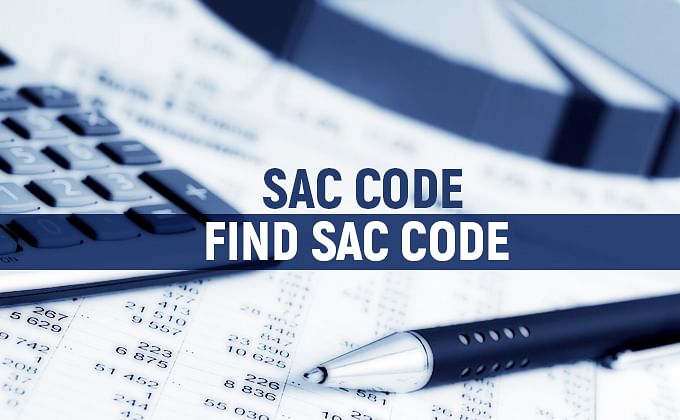SAC stands for Service accounting code. It is a tax-related code system that was developed by the Central Board of Indirect Taxes and Customs. These codes help you identify your product and ascertain the correct GST rates applicable to them thereby helping you compute the tax liability.
SAC Codes are arranged according to the Harmonized System of Nomenclature, which is the global framework for the classification and arrangement of different services. This framework makes GST consistent across the board based on a universal set of rules. This is because the Government can use this structure to collect and assimilate the data.
What is the meaning of the SAC code?
The SAC Stands for “Services Accounting Code” and it classifies services that fall under GST. To categorise items for the purpose of GST in India HSN the identification numbers based on HSN (Harmonized System of Nomenclature) codes and SAC (Standard Activity Code) are used.
Why SAC codes are important for any business?
SAC codes are extremely important for a business in any industry. Not only is it required by law but it also offers a lot of conveniences:
- The SAC codes allow businesses selling goods and services to distinguish the appropriate GST rate that should be charged for their given product.
- To conform to tax regulations, the SAC code must be mentioned at the time of GST registration and GST invoicing after you have got the GST consent letter. Click here for more info.
- SAC codes can be used to categorize products and services especially if there are many different types of goods and services
What are the differences between SAC code and HSN code?
HSN Code and SAC Code are the two most basic codes in India. The HSN code is used strictly for goods whereas the SAC codes are used for services. One another difference is the number of digits in these codes. The HSN number has 8 digits in it whereas the SAC code has 6 digits.
What is the structure of the SAC code in GST?
In accordance with the GST law, a SAC code should have 6 digits:
- The first two digits stay the same for all the services
- The next two digits are used to show the category of services
- The last two digits show the detailed description or core category of the services.
Is it mandatory to use SAC codes in your GST invoice?
The answer to this is yes. You should always mention the Service Tax Registration Number (SAC code) in the invoice, especially if your turnover crosses 1.5 Crores INR. By doing this, you will not only save a lot of time during filling up of GSTR. Also, by mentioning the SAC code in the invoice, you will be helping the authorities in keeping a track of your finances with ease. Hence, as a business owner, you should always have access to the SAC code list.
Hence SAC codes are excellent for giving quick information hence these are extremely helpful for businesses and save a lot of time in keeping a track of the finances.
